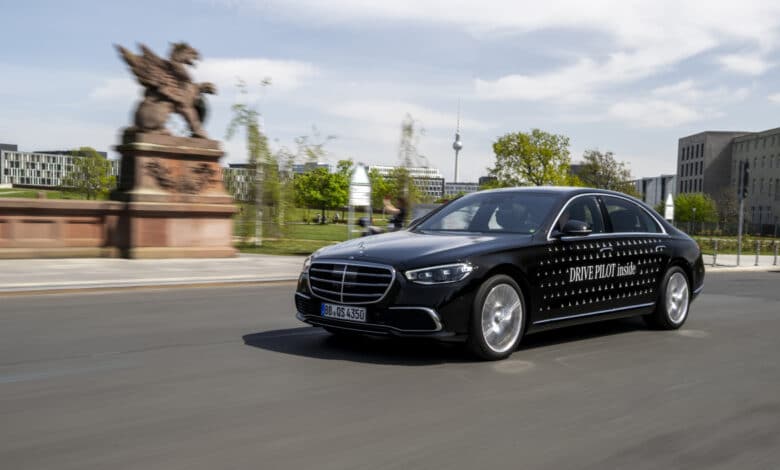
With Mercedes-Benz DRIVE PILOT, the system for highly automated driving will be entering the first automobile models of the Stuttgart-based manufacturer in just a few days. This makes Mercedes-Benz the world’s first automaker with an internationally valid certification for highly automated driving to offer such a system as an option ex works for vehicles from series production.
Mercedes-Benz DRIVE PILOT from May 17
In just about two weeks, starting May 17, Mercedes-Benz will offer the DRIVE PILOT system as an optional extra for the S-Class as well as the EQS. In the latter model, the system will cost €7,430 plus VAT (this is made up of Driving Assistance Package Plus for €2,430 and DRIVE PILOT for €5,000), while in the S-Class the system for highly automated driving (SAE level 3) will cost €5,000 plus VAT.
The automated driving function takes over certain driving tasks. However, a human driver is still required. The driver must be able to take control of the vehicle at any time if the vehicle prompts him or her to do so.

DRIVE PILOT enables customers to hand over the driving task to the system under certain conditions during heavy traffic or congestion situations on suitable highway sections in Germany up to a speed of 60 km/h.
How does the system work?
“After activating DRIVE PILOT, the system controls speed and distance and guides the vehicle within the lane. Route course, occurring route events and traffic signs are evaluated and taken into account,” Mercedes-Benz writes in the press release.
The Drive Pilot automatically reacts to unexpected traffic situations and handles them independently, for example by evasive maneuvers within the lane or by braking maneuvers. This is made possible by the environment sensor technology of the Driving Assistance package, as well as other important sensors. These mainly include radar, LiDAR and cameras but also ultrasonic or wetness sensors.
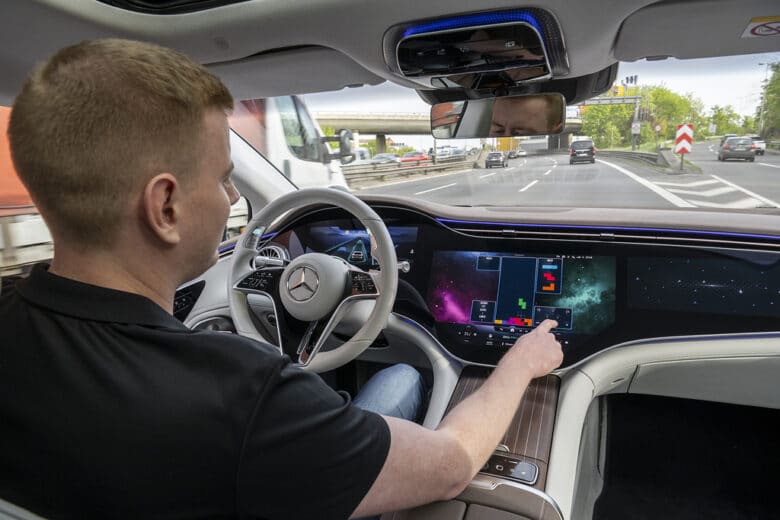
“Mercedes-Benz is the first manufacturer to put a Level 3 system with internationally valid certification into series production. As a first step, we are offering this world-leading technology in Germany in the S-Class and the EQS. At the same time, we also want to obtain certification in the USA by the end of the year,” says Britta Seeger, Member of the Board of Management of Mercedes-Benz Group AG, responsible for Sales.
Safe system as a basic requirement
Highly automated vehicle operation according to SAE Level 3 requires a system structure that must enable simple and serious faults to be rectified quickly and safely. The redundant architecture includes the braking system, the steering system, the power supply, and parts of the sensor technology such as for environment detection and vehicle dynamics calculation.
The battery, steering motor, wheel speed sensors and the underlying algorithms are therefore duplicated to provide additional protection in the event of a malfunction or failure.
The installed parts of the sensor technology also complement each other with different physical concepts, in which the system uses optics, ultrasound or radio waves for measurement and use.
“In the unlikely event of a malfunction, the vehicle remains maneuverable due to its redundant system design, so that DRIVE PILOT can ensure a safe handover to the driver,” the statement continues.
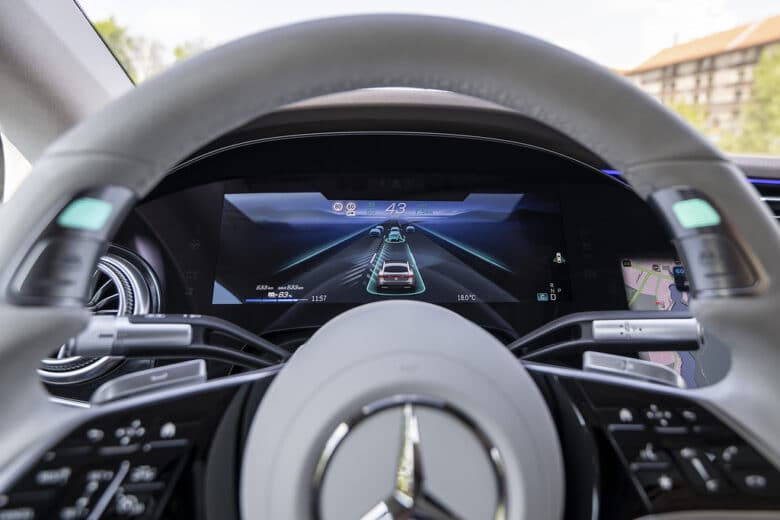
If the handover to the driver does not take place within 10 seconds, for example because of a medical emergency, DRIVE PILOT automatically and quickly initiates a safe emergency stop that can be controlled by the following traffic.
Germany as a pioneer in automated driving
With the opening of the Road Traffic Act (StVG) to Level 3 systems in 2017, Germany was the first country to create a legal basis for the intended use of these systems. In addition, since the beginning of 2021, the technical approval regulation has allowed the certification of corresponding systems.
In December 2021, Mercedes-Benz became the first automotive company in the world to meet the demanding legal requirements of the international UN-R157 for a Level 3 system that enables highly automated driving.
However, these requirements are not only directed at the vehicles that use corresponding systems, but also at drivers. In highly automated mode, the vehicle must perform the driving task safely and comply with all traffic regulations directed at the vehicle driver.
The driver, on the other hand, still has duties in public road traffic, in particular compliance with other traffic regulations, must be able to take over the automatically driving car at any time, and must be ready to respond to prompts from DRIVE PILOT.
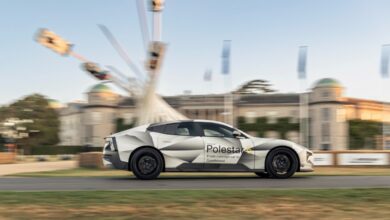
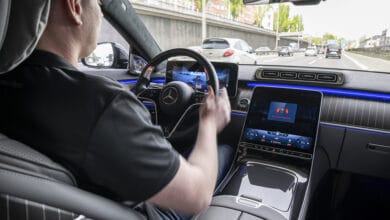


No replies yet
Neue Antworten laden...
Gehört zum Inventar
Beteilige dich an der Diskussion in der Basic Tutorials Community →